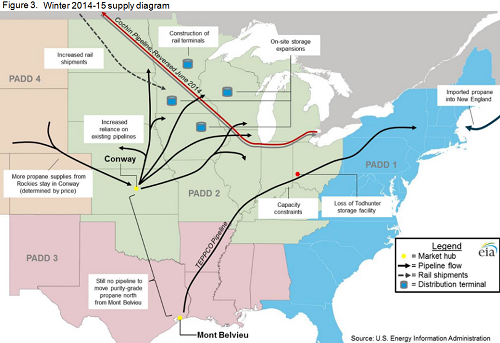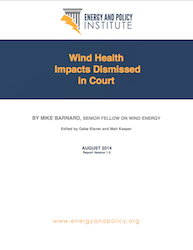Last week nearly 300 geothermal energy leaders gathered in Reno, Nevada for the Geothermal Energy Association (GEA) National Geothermal Summit. The industry discusses many key issues including moving geothermal forward in Nevada; utility perspective on renewable portfolio standards and geothermal; the future of the renewable portfolio standard (RPS); tax incentive perspectives; achieving the potential of the Salton Sea and Salton Sea Restoration Initiative; protecting the existing industry base; and regulatory matters including leasing, permitting, and sage grouse habitat considerations.
“Geothermal is a viable, affordable technology with large amounts of untapped resource, and we can provide clean energy to the West as well as jobs and economic growth,” said GEA Executive Director Karl Gawell. “Despite uncertainties in geothermal policies we’re still seeing a growing and innovating industry, but the next five years will be critical.”
 During the Summit, the industry expressed concern over policy uncertainties, which continue to create barriers to growth, while calling for stable policies that will foster the developing technology. Besides extending tax credits, many leaders agreed that not much can be expected at a federal level. Instead, the focus was on states as the drivers for growth, with sustained growth expected in Nevada and California, and new projects in development in Utah, Oregon and Washington, among others.
During the Summit, the industry expressed concern over policy uncertainties, which continue to create barriers to growth, while calling for stable policies that will foster the developing technology. Besides extending tax credits, many leaders agreed that not much can be expected at a federal level. Instead, the focus was on states as the drivers for growth, with sustained growth expected in Nevada and California, and new projects in development in Utah, Oregon and Washington, among others.
Ormat Technologies was the Summit co-host. Bob Sullivan, vice president of business development, Ormat Technologies, said the U.S. is in “a period of significant change in the electrical grid.” Sullivan called the technology a “flexibility procurement” and said it is “one of geothermal’s hidden attributes.” Geothermal’s flexible dispatchability addresses a growing intermittence issue, he said. In the past, Sullivan said, geothermal has been “pigeon-holed” under Renewable Energy Certificates (RECs), “but it can be so much more than that,” he said. “It has all the attributes of a coal facility, the backbone of our electrical grid that we count on it day in and day out. Coal is being replaced with intermittents that you can’t count on, that need backup power. Geothermal provides inertia and voltage regulation, and also provides the green attributes.”
Sullivan continued, “On top of that it’s a real economic job engine. Our investment significantly positively impacts the local communities that we build in, so it has a big economic footprint, and it creates more jobs than any other renewable technology out there. As a baseload technology, geothermal can back up intermittent resources with no carbon footprint at all.”
Terry Page, director of regulatory affairs innovation with Enel Green Power, noted there is renewed interest in California for geothermal technology as the state recognizes some of the shortfalls of bringing on too much intermittent solar and wind power. “The Geothermal Energy Association is an international organization, and there’s a lot of activity particularly in Africa and other nations. But we’re beginning to see renewed interest in geothermal in California because of SB 1139, and Nevada because of SB 123. Both of those bills have generated a debate about what kind of renewables we need. For example, in California with the wind and solar resources, there’s a significant shortfall when the sun doesn’t shine and the wind doesn’t blow. The kind of projects Enel focuses on tend to mitigate that [through hybrid technologies],” Page noted.
In addition, Doug Hollett, program director for the U.S. Department of Energy Geothermal Technologies Office noted the agency seeks to advance the technologies and drive down the cost of developing attractive geothermal resources. “We’re seeing greater market awareness and increased exploration activities. Our feeling is that trend will continue. We’ve got a lot of geothermal out there that we sometimes forget to mention, Alaska, Hawaii. In some places it ends up offsetting diesel, which is just a wonderful story.”
 The Oregon Department of Agriculture has clarified some of its rules about what needs to be sold as biodiesel. The agency says it sent notices to more than 400 retailers that they can’t market diesel with 6 to 20 percent biodiesel as “diesel.”
The Oregon Department of Agriculture has clarified some of its rules about what needs to be sold as biodiesel. The agency says it sent notices to more than 400 retailers that they can’t market diesel with 6 to 20 percent biodiesel as “diesel.” 









